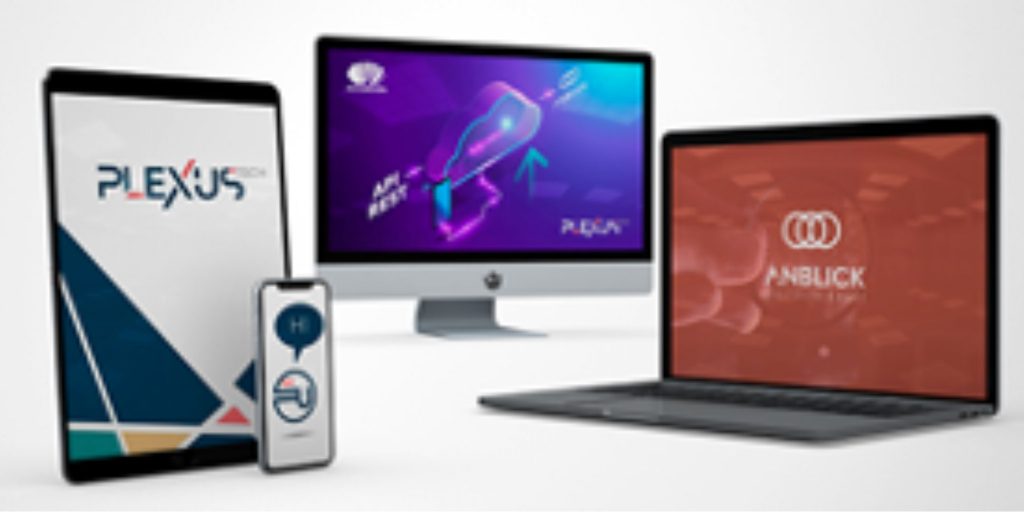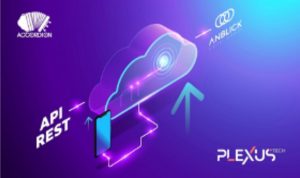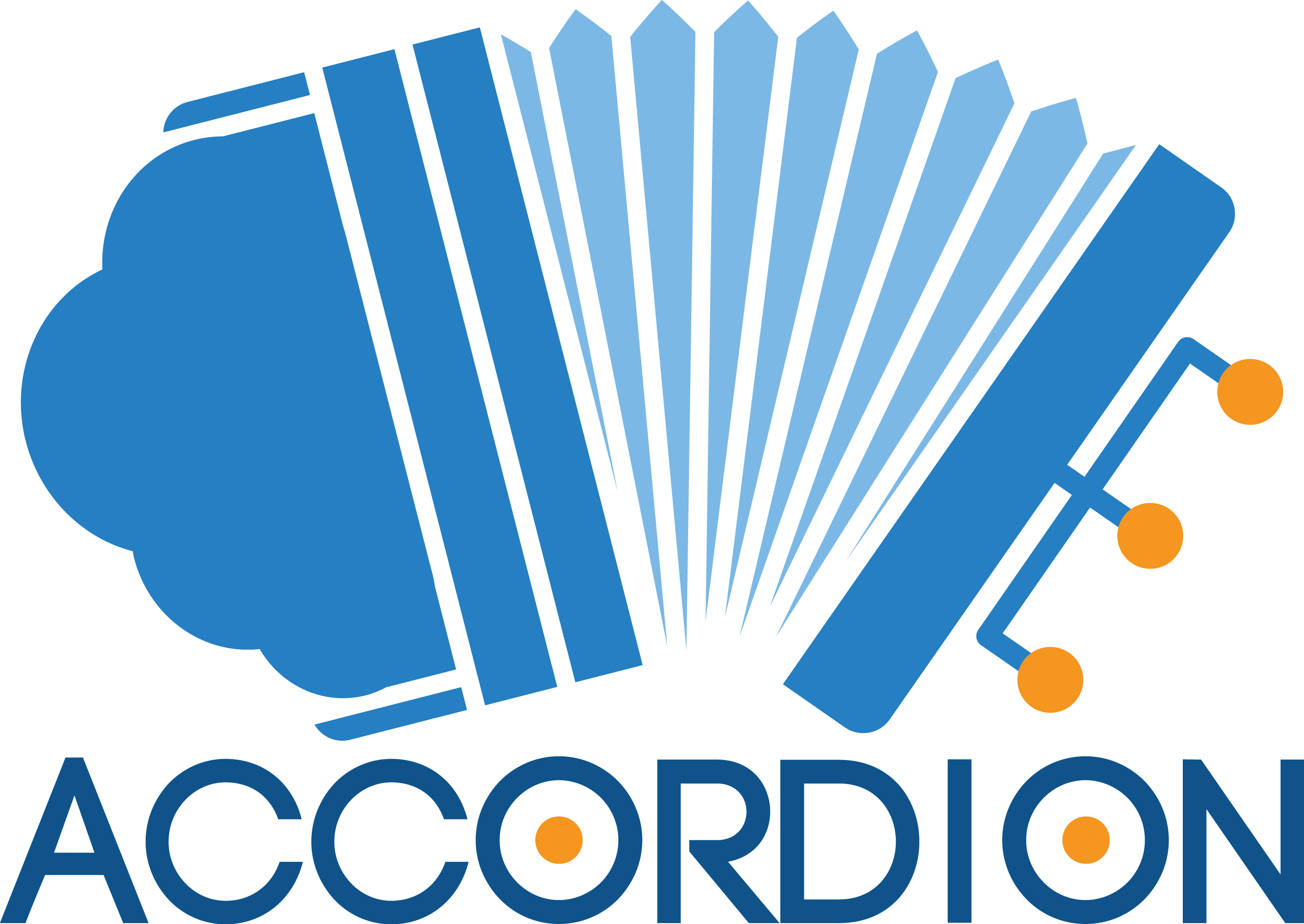
Background
Two of Plexus key products are Traqus and Anblick[1]. Traqus is a geo-localization platform which processes and analyzes the information obtained from mobile devices detected by access points within a WiFi network. Anblick provides digital signage and works as a content manager where content can be programmed to reproduce on screens, for example in a hospital, train station or mall. Currently these cloud solutions are independent, and information is not exchanged between them.
Accordion
The transitioning to the ACCORDION platform will support the Plexus business case to provide personalized content by integrating both products incorporating edge computing to ensure lower latency and higher performance on average network conditions.
Our approach towards ACCORDION raises the development of a brand-new complete platform, based on a PaaS model integrating edge computing and derived services. A multi-level, microservices-based scenario platform that calculates varied information from different locations and creates real-time analytics. Analytics and derived knowledge elements that provide advantages to a new value chain based on information processing. The platform will allow for processing of device information on the edge, reducing latency and allow for advanced calculations to be performed in the cloud. Based on the results of these calculations adapted content will be streamed to the different screens within the network.
The continuous processing of information will be managed from different levelled nodes. The integration of all the information will lead to an expert system whose parts are mutually feeding each other. As a result, content delivery to different devices and the measurement of their response will be done in a consistent way across peripheral devices and connections.
Use case
This Use Case consists of two sub Use Cases.
UC#3.1 Client identification and adapted content displayed on screens (digital signage): Based on the characteristics obtained from the mobile device information from the clients in a certain space like a mall, content reproduced on the information screens within that space is adapted (Figure 1). For example, in case there are more men than women, content can be adapted to their interest.

Figure 1: Digital signage output– UC#3
UC#3.2 Mobile Augmented Reality game: The game is an augmented reality customer loyalty game where points can be won based on clients playing against each other. A 3D object needs to be captured to gain points. Depending on the interaction between the user and the 3D object considering the user geolocation the game scenario changes. The following figure (Figure 2) shows the 3d object to be captured by the user. The 3d object will be based on the logo of the client (hospital, mall, train station, etc). In this case the 3d object is based on the logo of Plexus.

Figure 2: Mobile Augmented Reality game – UC#3
Challenges
- Autonomous content decisions based on the information from the probe requests (i.e frames or message types) processed within the edge and cloud environment.
- Optimization of the user experience (QoE) of the AR game. In mobile games and in applications based on spatial location, which depend largely on speed and latency to offer adequate QoE.
- Channel all data and processing orchestration within the ACCORDION system. To enable a decrease of the latency between the different level nodes and the sensors involved.
- Develop an autonomous system capable of deciding when to process data locally or download it from the cloud considering the user experience.
[1] https://www.plexus.es/hacemos/
